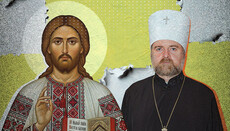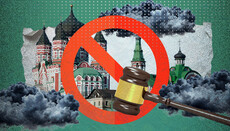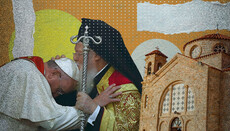Will Constantinople bring Kiev Metropolia into its fold?
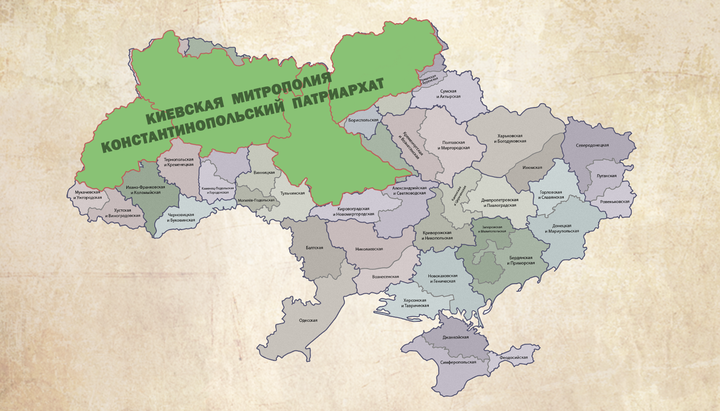
In the context of the project "Tomos on autocephaly of SLC", abrogation of transfer of Kiev Metropolia from Constantinople to Moscow is being actively discussed.
The idea of the return of the Ukrainian Church under the wing of Constantinople is extremely attractive to all the Tomos sympathizers. Just one decision of the Synod of Constantinople – and all Ukrainian Orthodoxy will instantly return under the omophorion of the Ecumenical Patriarch, who will be free to do whatever he wants with it: accept dissenters with repentance or without, turn it into a metropolia, an exarchate, an autonomous structure or give a tomos on autocephaly. However, such a simple and "effective" solution lurks some problems. Let's consider them.
Arguments for the abrogation of the transfer of the Kiev Metropolia are banal – it (the transfer) was purportedly non-canonical, and therefore, invalid. By and large, according to Patriarch Bartholomew, the Constantinople Patriarchate did not transfer anything to anyone: "Constantinople has never given its permission to transfer the territory of Ukraine to anyone other than the right of chirotony of the Metropolitan of Kiev in Moscow on the conditions of his synodical election in Kiev at the local Council and with an unconditional mention of the Ecumenical Patriarch". This is what Patriarch Bartholomew said after the memorial service for the late Metropolitan Perga Evangeli on July 1st.
The words of the Ecumenical Patriarch are a typical example of Byzantine casuistry. Indeed, in 1686, Constantinople "did not issue any authorization to transfer the territory of Ukraine to anyone". But the fact is that in the 17th century the transfer of the chirotony right of the Kiev Metropolitan just meant the transition of the whole metropolia from one jurisdiction to another, which was written about by one of the predecessors of Bartholomew at the Constantinople Cathedra, Patriarch Dionysius IV Seroglanis, who together with the council of bishops (number 21) decided to transfer the Metropolitanate of Kiev in 1686. In addition to the conciliar definition, Patriarch Dionysius wrote two letters: one to Hetman Ivan Samoilovich and the other to all the faithful people of the Kiev Metropolitanate, in which he informed them that he was ceding the Metropolitanate to the Moscow Patriarch.
To substantiate the cancellation of the transfer by the fact it was committed in violation of the canons is a thankless job since the assessment from this point of view is highly subjective. We omit the fact that talking about any "non-canonical actions" of the Patriarch and the bishops of Constantinople are insulting to this Church per se. One can only speculate about how right this step was at that period of time. To be completely honest, one must admit that there are both justified arguments "for", and no less valid arguments "against". However, there is no objection to the fact that for more than three hundred years no one has ever announced the abrogation of the decision to transfer the Metropolitan of Kiev, whatever canonical or non-canonical it could be.
And now they began to speak about the abolition of this decision in the context of Petro Poroshenko's initiative on autocephaly and Tomos. However, the Kiev Metropolia of the XVII century is a far cry from the Ukrainian Orthodox Church of today. The Metropolitanate of Kiev included a very small number of eparchies, namely: Kiev, Lutsk, Lvov, Mogiliov, Peremyshl, Polotsk, and Chernigov. Far from all of them belong to the territory of modern Ukraine and to the territory guided by the Ukrainian Orthodox Church.
The Kiev Metropolia of the XVII century is a far cry from the Ukrainian Orthodox Church of today.
At that time, the boundaries of the eparchies were not as clearly defined as they are now. In addition, historical sources of that era differ in varying degrees from one another. Yet, taking into account these reservations, if we impose a map of the Kiev Metropolia on a modern map of the Ukrainian dioceses and neighboring countries, we get something like below.
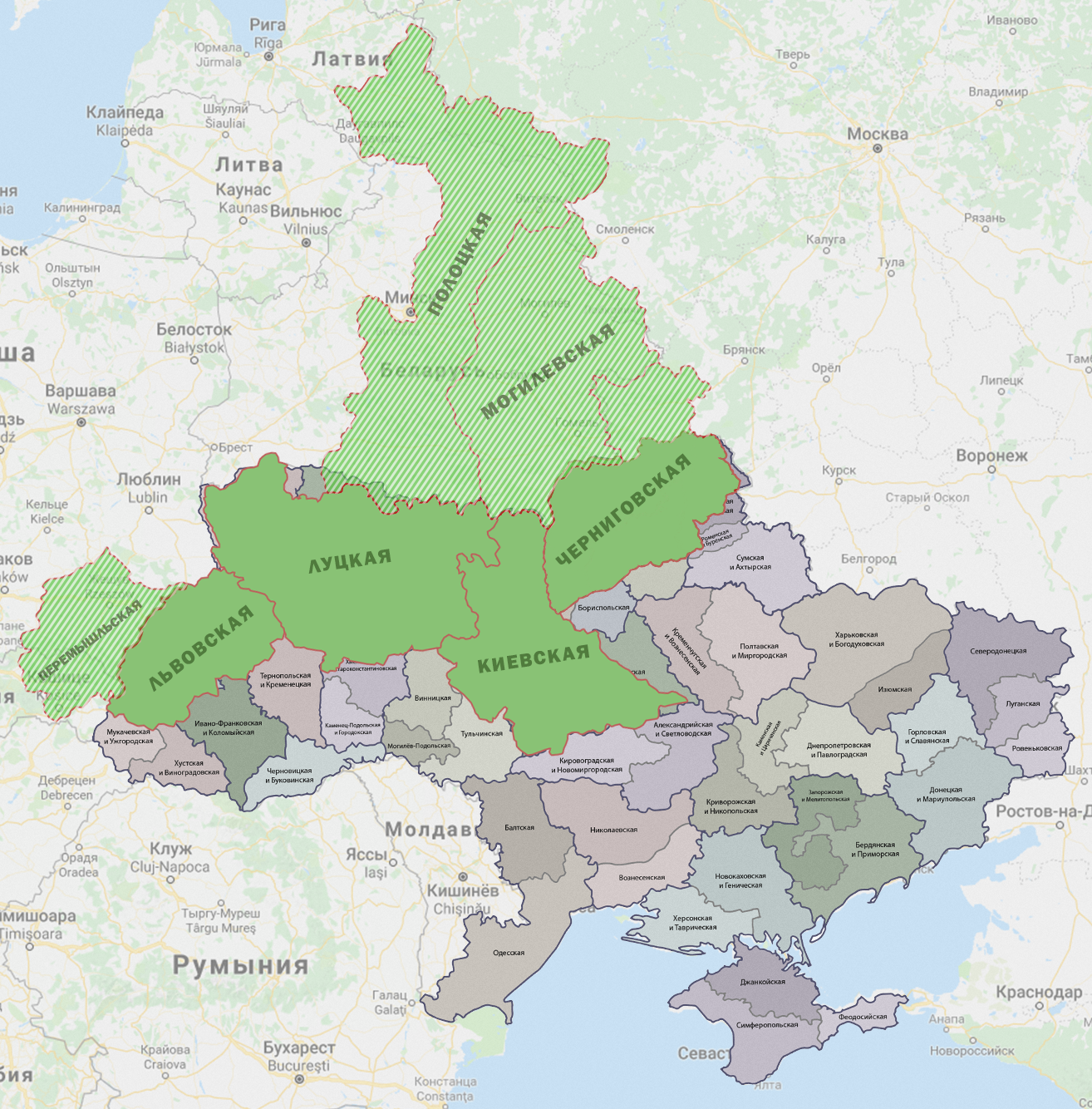
This comparison indicates quite obvious problems.
Problem One
The Kiev Metropolitan Area included territories located also beyond Ukraine. Some of them were located on the lands of present-day Belarus, Latvia and the Russian Federation: these are the Mogilev and Polotsk dioceses. In case the Phanar declares the abrogation of the Act of the Kiev Metropolitanate transfer, it will be necessary to somehow transfer also these church structures to the omophorion of the Patriarch of Constantinople. How to do it – no one knows. Even fewer people know the answer to the question "why". Why should Constantinople control these dioceses?
According to Patriarch Bartholomew’s words, contained in his message to Petro Poroshenko on the occasion of the 1030th anniversary of the Baptism of Rus, all Phanar's efforts pursue "an ultimate goal of bestowing autocephaly to the Ukrainian Church." That is, it is about the Ukrainian SLC (now not even existent), and not Russian, Latvian or Belarusian. What does Constantinople need the Russian, Latvian and Belarus dioceses for? Besides, it is easy to assume that the clergy and all the faithful of these eparchies, on hearing such an absurdity, will simply shrug their shoulders in bewilderment.
Even more difficult is the situation with the Peremyshl diocese. It is not only located on the territory of Poland, but also part of the Local Polish Orthodox Church. On what grounds does Phanar intend to take this diocese? And again, why?
It is possible, however, to say that the cancellation of the transfer of the Kiev Metropolia will concern only the territory of Ukraine, but then a natural question arises: on what grounds does Constantinople make such distinctions? Why should only some parts of the Kiev Metropolitanate be subject to cancellation, while others – not? Should it be cancelled, then it should be cancelled completely! Otherwise, it seems the Constantinople hierarchs have a vested interest in precisely the Ukrainian territory. And if the Peremyshl eparchy of the ancient Kiev Metropolia is now part of the Polish Church and has long had an autocephalous status, it is logical to assume that the Polotsk and Mogilev eparchies on the lands of contemporary Russia and Belarus also desperately need the Tomos. How to deal with them?
Problem Two
The territory of the Kiev Metropolia in 1686 not only exceeded the boundaries of today's Ukrainian state. It is also many times smaller than modern Ukraine. In the present territory of the country, only the Kiev, Lutsk, Lvov and Chernigov eparchies belong to the then Metropolia. But what about the rest of the UOC eparchies that have never been part of the Constantinople Patriarchate over the history of their existence? For example, such eparchies as Odessa, Kherson, Nikolaev, Simferopol, Donetsk, Krivoy Rog, Lugansk, Konotop, Zaporozhye and many others? All of them were established in the 18th century and later.
Consequently, according to the plans of the current ecclesiastic "reform patriots", in order for Constantinople to regain the Kiev Metropolitanate, it is necessary to split the Ukrainian Orthodox Church into parts. Upon that the part being historically incorporated into the Patriarchate of Constantinople, should go to the omophorion of Patriarch Bartholomew, while the other part should remain. After all, the Phanar doesn’t have any historical grounds and desire to claim Odessa, Nikolayev, Krivoy Rog, and other eparchies. Or does it?
But even if in some fantastic way one manages to overcome the first two difficulties: isolating from the UOC the eparchies that used to be part of the Kieiv Metropolis, adding the eparchies from Poland, Russia and Belarus, and transfer it all to the Phanar, the third complexity crops up.
Problem Three
It is about the internal state of this "Kiev Metropolis" then and now. The fact is that 1686 is the penultimate year of one of the most tragic periods in the history of Ukraine, called the Ruin (devastation) using an eloquent term. The catastrophic consequences of this period can be read in any history textbook. Here is an example, a quote from the textbook written by N. Levitskaya:
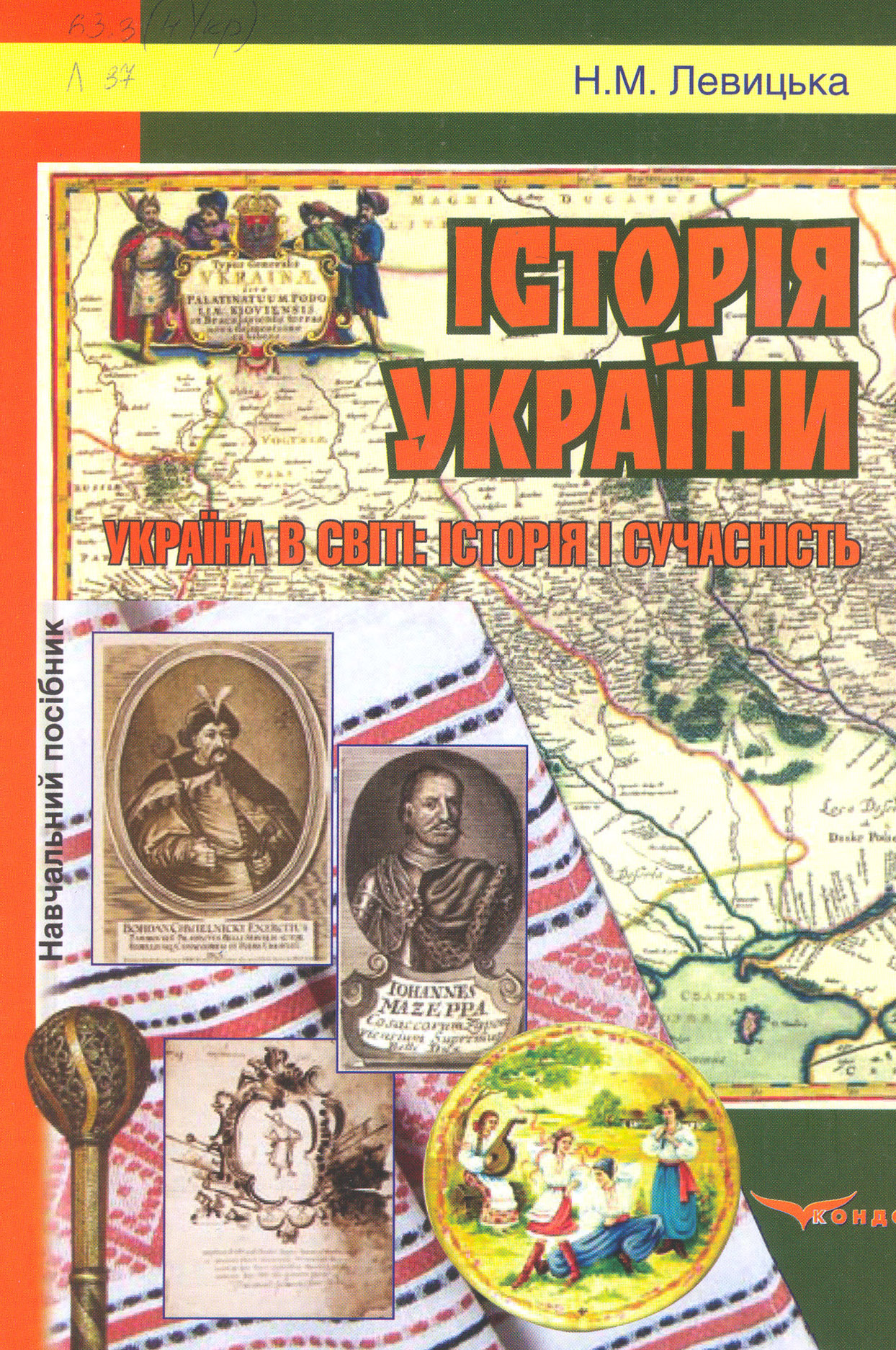
by N. Levitskaya
"The consequences of the Ruin for Ukraine were terrible. It lost territorial integrity and state independence. The national-state idea gave way to regional interests. <...> As a result of the bloody civil war and foreign aggression, the Ukrainian lands suffered great material damage, mass destruction of cultural heritage and the most terrible – huge human casualties."
Some historians argue that as a result of the tragic events of Ruin, the population of Ukraine decreased by 65-70% (!).
That is, in 1686 Constantinople transferred the ruined, deserted territory, which had been worn out with suffering and bleeding because of several decades of continuous wars and privations.
However, today the Phanar says (very diplomatically so far) about the possibility of regaining the Kiev Metropolis in the present, quite well-maintained state. With many thousands of parishes, dozens of monasteries, theological schools and so on!
The abolition of the transfer of the Kiev Metropolia in legal terms means restitution. In the legal dictionary, restitution in international relations is defined as "a form of material compensation for damage as a result of an illegal international act by restoring the state that existed before the act was committed." It means, in order for everything to be fair and all legal requirements to be met, the Kiev Metropolia must be driven into the state of 1686 and only afterwards transferred back to the Phanar?!
Finally, problem Four
Is the Kiev Metropolia or the Ukrainian Orthodox Church is some inanimate object that can be passed back and forth, completely disregarding its own opinion?! Are the episcopate, the clergy and the believers of the UOC slaves or serfs?! Is it a thing, a tangible asset or something like that?! After all, it’s people! And, maybe, it is necessary to learn their point of view?!
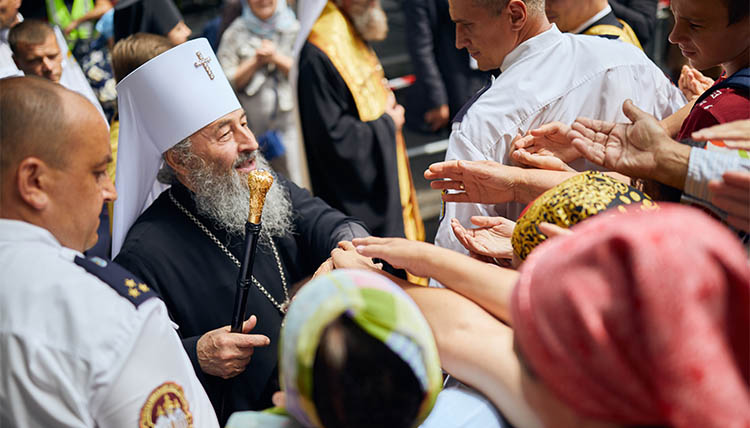
This point of view was worded on June 25, 2018, when practically all the bishops of the UOC unanimously adopted the Statement that:
"The existing canonical status is sufficient to ensure that the Ukrainian Orthodox Church fruitfully accomplish its mission among the people of Ukraine. Attempts to change this status will only lead to a restriction of the rights and freedoms that our Church is endowed with, having the rights of broad autonomy. In addition, these attempts will not cure, but will deepen the split in both Ukrainian Orthodoxy and in Ukrainian society as a whole. The bishops unanimously confirmed their desire to observe the episcopal oath given at the ordination to be loyal to the Ukrainian Orthodox Church."
The Ukrainian Orthodox Church today enjoys such independence and autonomy that it has never had in its entire history, including during the period when it was part of the Constantinople Patriarchate. Any change in the canonical status will only lead to a decrease in this independence and to a restriction of self-government. Even if the UOC gets autocephaly in the version proposed by Petro Poroshenko, it will be independent only formally, but in reality it will turn from the Church of Christ into one of the attributes of Ukrainian statehood, as the President has repeatedly stated. In fact, the Church will be rigidly dependent on secular authorities.
Speaking of any perturbations in ecclesiastic matters, we must remember that the Church is the body of Christ, so any changes in the status of the Church should be calibrated solely to its benefits and those of its parishioners.
Let's ask ourselves a question: does the UOC need any changes from outside? Is it unable to meet the spiritual needs of the Ukrainians? Can members of the Church not participate in its sacraments? Perhaps, there are not enough temples? All these questions are rhetorical.
Of course, one can recall the members of the schismatic structures that stand outside the Universal Orthodoxy. But everyone has complete freedom of choice. In the history of Orthodoxy there were many schisms and they were always resolved by the fact that the schismatics returned to the Church rather than the Church came to the schismatics.
The abrogation of the decision of the Constantinople Church dated 1686, if any, will certainly be beneficial to politicians, but will it benefit the Church? Everyone will answer it themselves.
